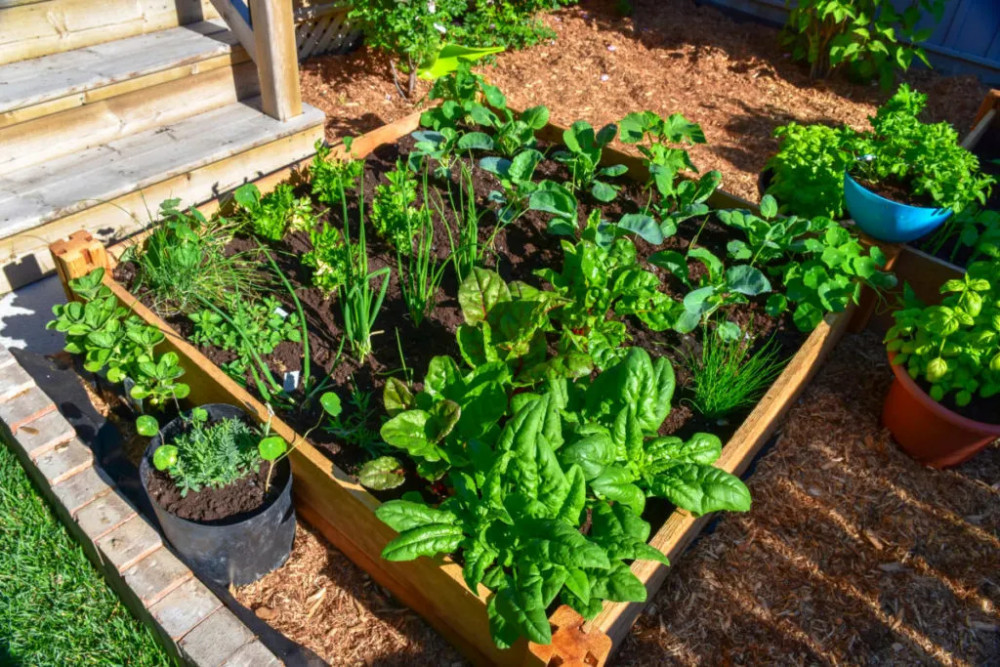Maximizing Yield in Small Urban Gardens

Maximizing Yield in Small Urban Gardens: A Green Thumb's Guide
So, you've got a tiny urban plot or a balcony, and you're dreaming of a lush, productive garden? You're in the right place! Maximizing yield in small urban gardens is not just possible, it's totally doable. Let's dive into some awesome space-saving techniques, high-yield crops, and vertical gardening ideas that'll turn your little patch of green into a mini urban farm.
Understanding Urban Agriculture
First things first, let's talk about urban agriculture. It's not just about growing a few herbs in pots; it's about maximizing your space to grow fresh, delicious produce right in the heart of the city. It's about sustainability, community, and making the most of what you've got.
The Power of Planning
Before you grab your trowel, take a step back and plan. Measure your space, consider sunlight exposure, and decide what you want to grow. Remember, maximizing yield in small urban gardens is all about smart planning and efficient use of space.
Space-Saving Techniques: Think Up, Not Out
Vertical Gardening: Climbing the Walls
Vertical gardening is your best friend in small spaces. It's like turning your garden into a 3D masterpiece! Here's how you can climb the walls, literally:
- Trellises and Arbors: Train your plants to grow upwards, not outwards. Tomatoes, cucumbers, and peas love this!
- Pallet Gardens: Repurpose old pallets into vertical planters. They're cheap, easy to make, and perfect for herbs and greens.
- Wall Planters: Attach planters to your walls or fences. They're great for herbs, succulents, and even small veggies like lettuce.
Container Gardening: The Power of Pots
Container gardening is another space-saving superpower. Here's how to make the most of your pots:
- Stack 'Em Up: Use tall, narrow pots to grow deep-rooted plants like carrots and leeks. Stack them if you need to!
- Combine Plants: Interplant compatible crops in the same pot. For example, grow lettuce and radishes together. The radishes will be ready to harvest before the lettuce needs the space.
- Grow Upwards: Use tall, skinny pots for climbing plants like beans and peas.
High-Yield Crops: The Biggest Bang for Your Buck
Not all plants are created equal when it comes to yield. Here are some high-yield crops that'll give you the most produce for your space:
- Leafy Greens: Lettuce, spinach, and kale are fast-growing and can be harvested continuously.
- Herbs: Basil, parsley, and cilantro are prolific and can be grown in small spaces.
- Salad Greens: Loose-leaf lettuce, arugula, and mesclun mixes grow quickly and can be harvested in as little as 30 days.
- Root Vegetables: Carrots, beets, and radishes can be grown in deep pots or in the ground.
Succession Planting: Keep Your Garden Productive
Succession planting is like having a garden assembly line. Once you harvest a crop, replace it with another. This way, your garden is always productive. Here's an example:
- Plant lettuce in early spring.
- Once harvested, replace it with warm-weather crops like beans or tomatoes.
- After those are done, plant a fall crop of lettuce or spinach.
Urban Gardening Tips and Tricks
For more tips and tricks, check out this awesome resource from The Old Farmer's Almanac: Urban Gardening Tips and Tricks.
Maximizing Yield in Small Urban Gardens: The Wrap-Up
So, there you have it! With a bit of planning, some clever space-saving techniques, and a focus on high-yield crops, you can maximize yield in small urban gardens. Remember, it's not about the size of your garden, it's about what you do with it.
FAQs
-
Q: Can I really grow enough food to feed my family in a small urban garden?
- A: While it's unlikely you'll feed your whole family solely on your urban garden, you can certainly supplement your diet with fresh, homegrown produce.
-
Q: What's the best way to deal with pests in an urban garden?
- A: Use organic, non-toxic methods like neem oil, diatomaceous earth, and companion planting to keep pests at bay.
-
Q: How can I grow food in the shade?
- A: Choose shade-tolerant crops like lettuce, spinach, and herbs. Also, consider growing in containers that you can move around to catch the most sunlight.
-
Q: Can I grow fruit in my small urban garden?
- A: Yes, but you'll need to choose dwarf or columnar varieties that are suitable for small spaces. Dwarf fruit trees, berry bushes, and even some vining fruits like kiwi can work.
-
Q: How can I make my urban garden more sustainable?
- A: Use rainwater harvesting, composting, and organic growing methods to create a sustainable, eco-friendly garden. Also, consider attracting beneficial insects and pollinators.
0 Response to " Maximizing Yield in Small Urban Gardens"
Post a Comment